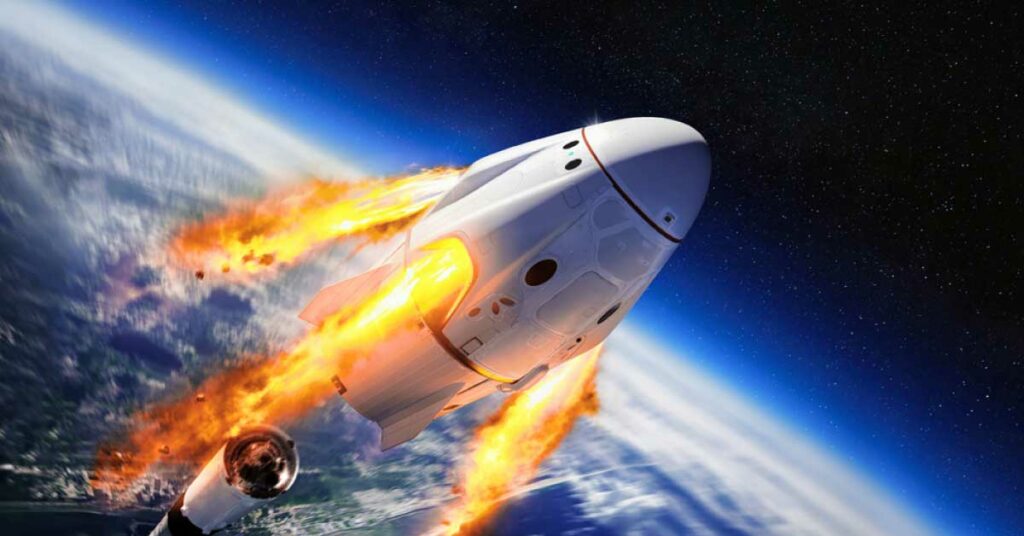SpaceX hit the jackpot as it scored another major NASA contract. This time it is the most awaited mission of NASA to explore Jupiter’s largest moon, Europa.
According to NASA officials, the SpaceX Falcon Heavy rocket will launch the Europa Clipper spacecraft worth almost $4.25bn. The contract for this highly-anticipated mission of NASA’s is worth about $178m.
The Europa Clipper will be launched from NASA’s Kennedy Space Center in Florida in October 2024 and will arrive at Jupiter in April 2030. The probe will fly by the moon at least 40 times, spanning roughly four Earth years, for conducting an in-depth study of Europa.
This contract is a major achievement for SpaceX as the original plan was that the Europa Clipper was to fly on the Space Launch System (SLS), which is NASA’s latest mega launcher. But due to innumerable delays and heavy cost overruns with the SLS, the decision went in favor of SpaceX.
SpaceX first launched its Falcon Heavy in 2018. Falcon Heavy also has other contracts under its belt. It will launch a part of NASA’s upcoming lunar gateway, a vital piece of the agency’s moon architecture.
The prime contractor for all the stages right from the design stage until the final product is aerospace giant Boeing. Once Clipper reaches Jupiter, it will conduct a thorough survey of Europa using sophisticated scientific instruments, which will help scientists determine if the icy moon has conditions suitable to support life.
The key objectives of this mission will be to image the surface of the moon to help scientists figure out its composition, check for signs of any geological activity, subsurface lakes, the salinity of the subsurface ocean and, also measure the thickness of the icy shell covering the moon.
The spacecraft will get to Jupiter and will spend almost four years flying close to the moon’s surface. With the help of observations made by Clipper, scientists will not only assess the moon’s habitability but also help mission planners pick out any other promising sites for the future lander SLS which is NASA’s next moon rocket.
